Learn some tips and tricks on how to dye velvet leaves for your projects.
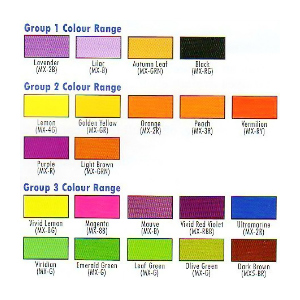
I have talked so many times before about velvet and its uses in flower making, it is clear I like working with this gorgeously soft and very tactile fabric.
In flower making we are only really interested in the velvets that are made using natural fibers like silk, viscose or cotton. And there’s a good reason for that. These natural dye fabrics dye well with Procion and other silk dyes and can be shaped with millinery tools.
In my numerous tutorials I have used velvet for some parts of the designs, whether it be foliage, petals, orchid lips, passion flower coronas etc.

Learn to layer your colours onto the fabric to bring your foliage to life with a play of light and shadow.
In this video I am using 3 different shades of green from paler lime one through to dark olive green.
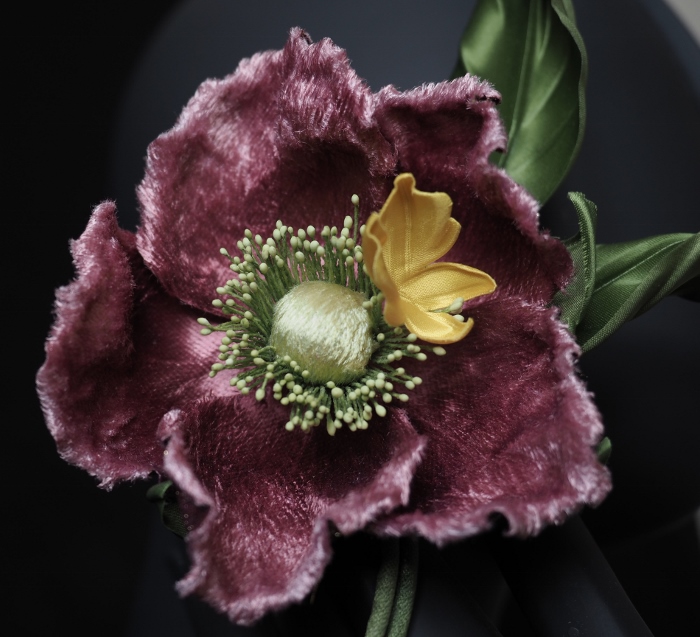
I also add a little blue and purple to my foliage. This is done to tie the leaves with the petals of your flower and is often a very good idea to bring the whole flower piece together.
As you can imagine velvet dries quite slowly too, especially on a plastic/ glass surface.

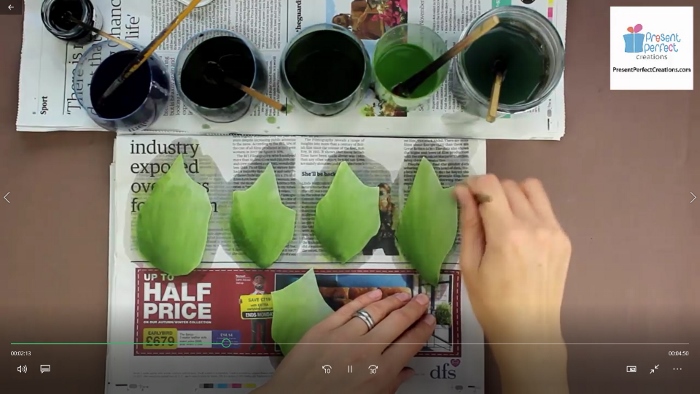
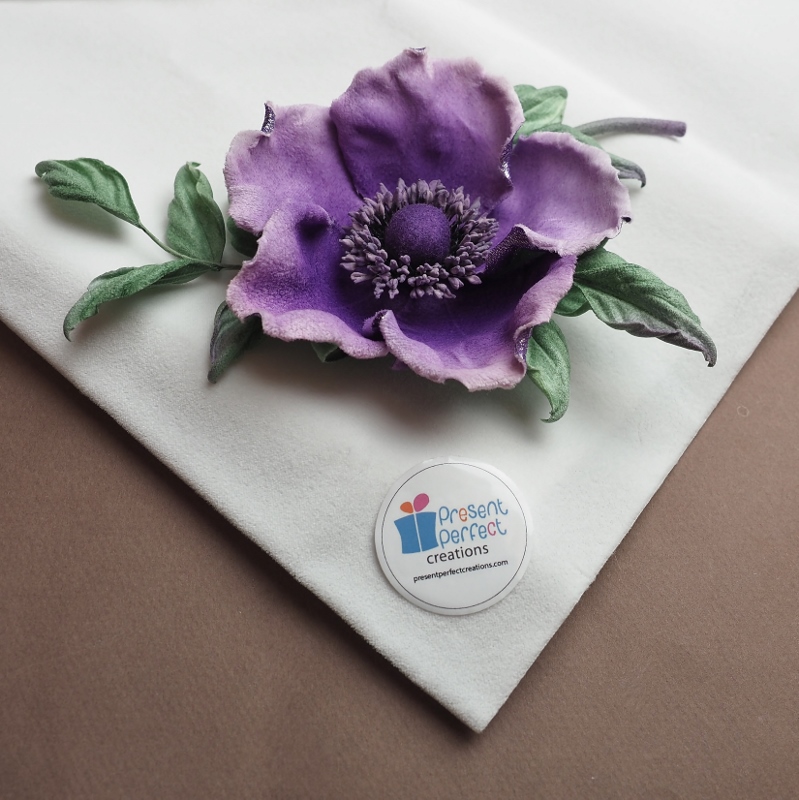
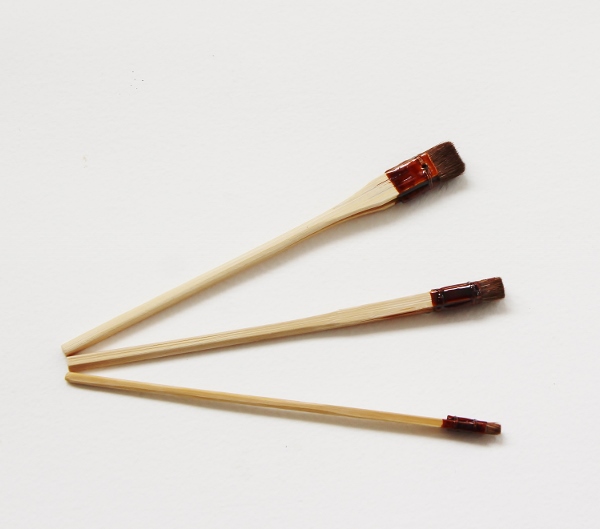
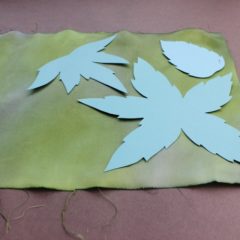
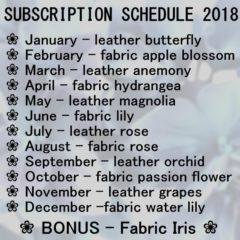
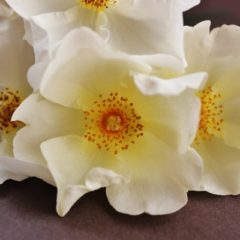
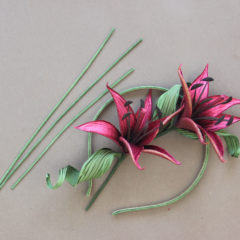

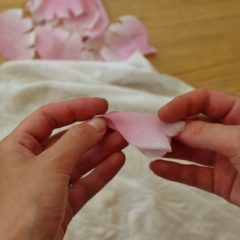
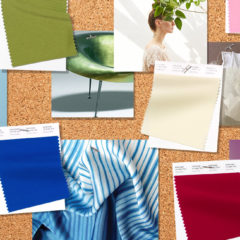
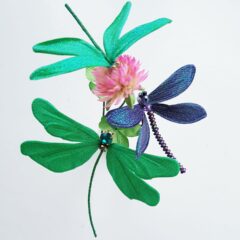
Leave a Reply